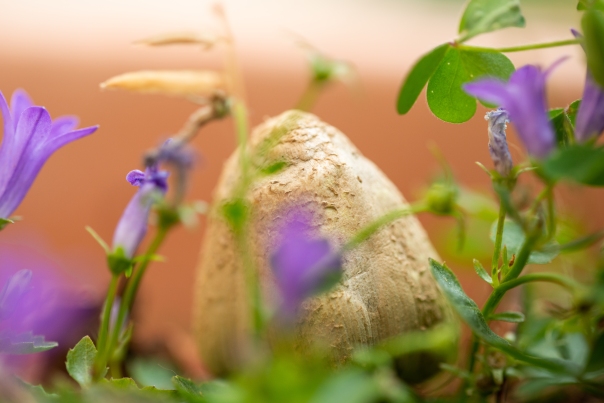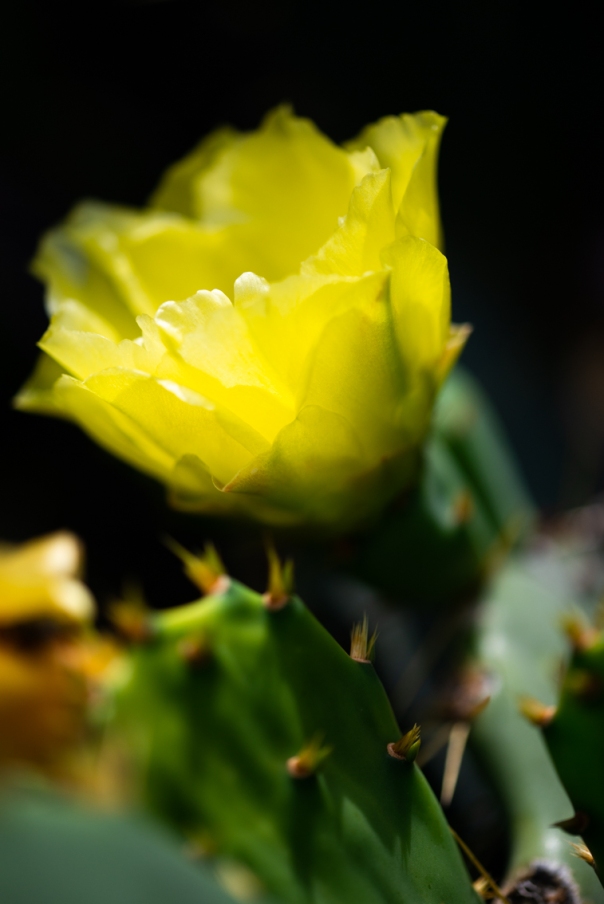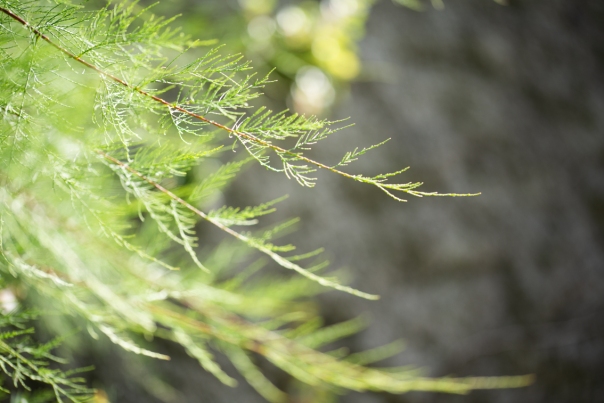Even in the summer, when the weather is hot and dry it is possible to find fascinating things to photograph if you take a look around. The main thing is to be creative in the way you approach your subject. Try different shots, get a different perspective, and background while you take photographs. Sometimes a different colour in the background can make a huge difference in the final composition. You can try and shoot from above or from below. You can get closer to the subject using a different lens. Think about the way you crop your subject….do you leave too much space around it? Or perhaps too little space?
Find your unique way to depict the season you love the most using creativity and emotions….and you’ll be surprised by the results!
Did you find this post useful? Leave a message if you did.
Xx
































